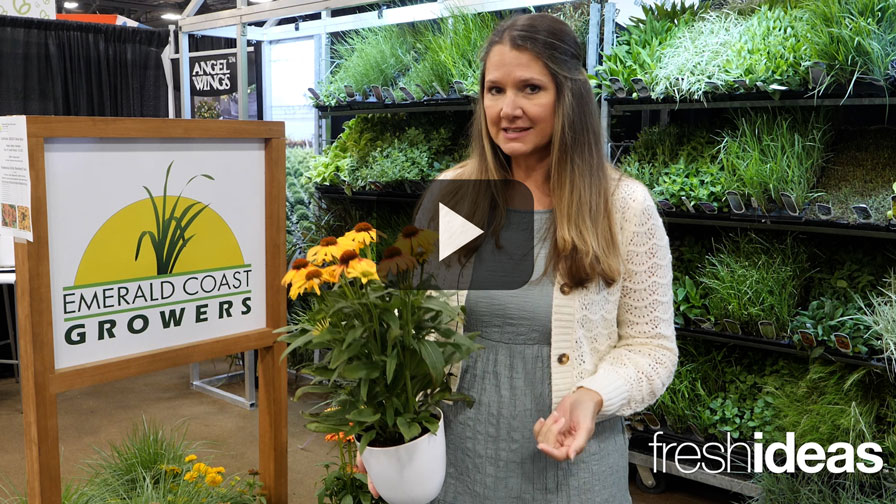Study Highlights the Impact of Dynamic LED Lighting on Cut Flower Propagation
In the fast-paced world of horticulture, propagation and cut flower production are crucial for meeting ever-growing market demands. To optimize crop growth, enhance plant quality, meet the specific requirements of different crops, and ensure successful and efficient cultivation, growers are increasingly turning to dynamic LED lighting.
A business case from Sollum Technologies takes a deep dive into the results of dynamic LED lighting in propagation and cut flower production. It highlights its impact on various plant characteristics and the effectiveness of programmable LED grow lights in greenhouses.
Propagation greenhouses face the challenge of growing a variety of crops in quick succession, including cucumbers, tomatoes, peppers, and eggplants. The most important characteristics of transplants are height and stem thickness, which significantly influence their quality.
Light intensity and spectrum play a vital role in shaping these characteristics. By increasing the percentage of blue light, growers can effectively restrict stretching and slow plant growth, leading to compact and sturdy transplants. This feature proves particularly useful when there is a need to delay shipping or planting, allowing growers to maintain flexibility in their operations.
Furthermore, results have shown that blue light thickens stems and leaves, providing additional strength and structural integrity to the plants. These attributes are especially beneficial for crops that require robust support, such as vine crops. High red and far-red light levels can drive photosynthesis through the Emerson effect, ensuring an adequate energy supply for the growth and development of slower-growing plants like peppers and eggplants. By harnessing the power of dynamic LED lighting, greenhouse growers can keep the production of these crops on track, achieving optimal yields and maintaining consistent quality.
Cut flower greenhouses often accommodate multiple flower types and varieties, each with unique lighting requirements. The lighting recipe applied to a particular flower type can significantly influence its growth, development, and aesthetic appeal.
For example, the lighting needs of a white rose may differ from those of darker-colored varieties. When exposed to temperature stress, pale roses tend to exhibit stress-induced color changes, developing a pinkish hue. Therefore, the environmental strategy, including light, must be carefully managed to favor deep coloration in dark cultivars and promote pale coloration in lighter cultivars.
Different flower types have specific photoperiod and spectrum requirements. For instance, gerbera flowers thrive under an 11 to 12-hour photoperiod, whereas roses require a more extended photoperiod of 17 to 18 hours to ensure proper extension and flowering. Spectrum-wise, roses generally benefit from a higher percentage of red light (around 50% to 60%), as it promotes their growth, flowering, and vibrant coloration. On the other hand, studies have shown that alstroemeria, a popular cut flower, produces the highest number of flowers, longest flowers, and highest fresh weight under equal amounts of blue, green, red, and far-red light, indicating the importance of providing a more balanced spectrum for optimal alstroemeria production.
Additionally, far-red light plays a crucial role in triggering flowering in long-day plants. By utilizing dynamic LED lighting with appropriate far-red wavelengths, greenhouse growers can effectively regulate flowering and maintain a consistent production schedule. This aspect is vital for growers working with seasonal markets, enabling them to meet the demand for cut flowers during specific periods.
Continue reading at SollumTechnologies.com.









